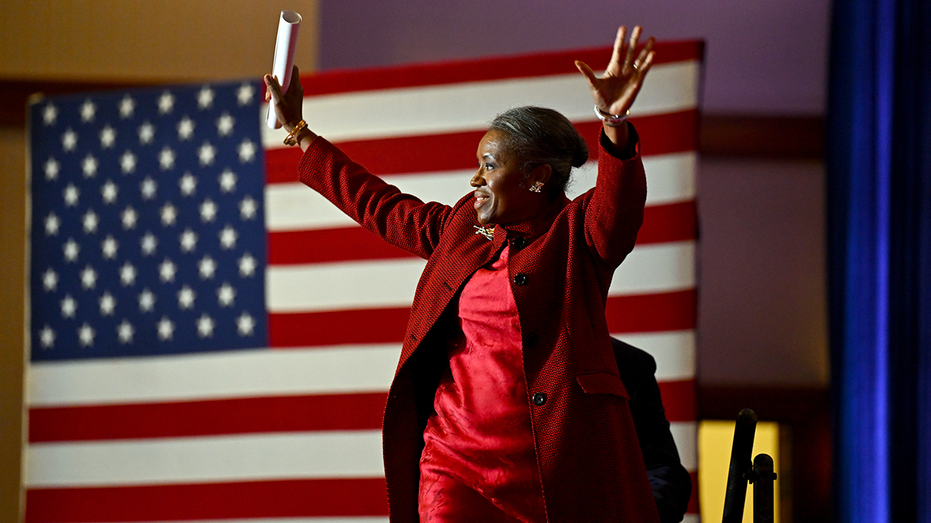The race for Minneapolis mayor is heading for a dramatic conclusion, propelled into ranked-choice voting after Tuesday’s election failed to produce a clear majority winner. With a crowded field of over a dozen candidates, no single contender secured the 50% needed to claim victory outright.
Minneapolis utilizes a unique system where voters rank their top three choices. This allows for a more nuanced expression of preference and ensures the ultimate winner has broader support. Initial results show Jacob Frey and Omar Fateh emerging as the frontrunners, setting the stage for a potentially intense final count.
Fateh’s campaign gained national attention, drawing comparisons to a similar grassroots movement in New York City. The 35-year-old, the son of Somali immigrants, directly challenged incumbent Frey, arguing that the current administration hadn’t adequately addressed the evolving needs of the city’s diverse population.
Fateh initially received a significant boost with the endorsement of the Democratic Farmer-Labor party, a first in sixteen years. However, that endorsement was later rescinded following concerns about irregularities in the party’s voting process, a decision that sparked considerable debate.
Despite losing the party’s official backing, Fateh’s campaign continued to build momentum, fueled by support from the Twin Cities chapter of the Democratic Socialists of America and the influential voice of Representative Ilhan Omar. This backing solidified his position as a progressive force in the race.
The sheer number of candidates – fifteen in total – underscored the vibrant and competitive nature of Minneapolis politics. While candidates may align with political ideologies, the city’s official stance is nonpartisan, focusing on issues rather than party affiliation.
Recognizing the need to consolidate support against Frey, Fateh strategically urged his supporters to rank pastor DeWayne Davis and attorney Jazz Hampton as their second and third choices. This move aimed to maximize the potential for a Fateh victory through the redistribution of votes.
The ranked-choice system operates through a series of elimination rounds. In each round, the candidate with the fewest votes is removed, and their supporters’ ballots are reallocated to their next-ranked choice. This process continues until a candidate surpasses the 50% threshold.
Minneapolis has become accustomed to this extended process. Every mayoral race since 2013 has required at least a second round of ranked-choice tabulation, demonstrating the complexity and competitiveness of the city’s elections.
Frey himself benefited from this system in 2017, unseating an incumbent after six rounds of counting. He then secured re-election in 2021 after two rounds, proving his ability to navigate the intricacies of ranked-choice voting.
The backdrop of this election is deeply marked by recent events. The 2020 murder of George Floyd ignited national protests against police brutality, placing Minneapolis at the center of a national reckoning on racial justice.
More recently, the city was shaken by a tragic shooting at a back-to-school event in August, leaving two children dead and seventeen others injured. This event added another layer of grief and urgency to the already complex political landscape.
High-profile endorsements from Governor Tim Walz and Senator Amy Klobuchar signaled strong support for Frey, highlighting the stakes of this election and the attention it has garnered from state leaders.
As Minneapolis prepares for the next phase of ranked-choice voting, the city holds its breath, awaiting a result that will shape its future and address the challenges it faces.






